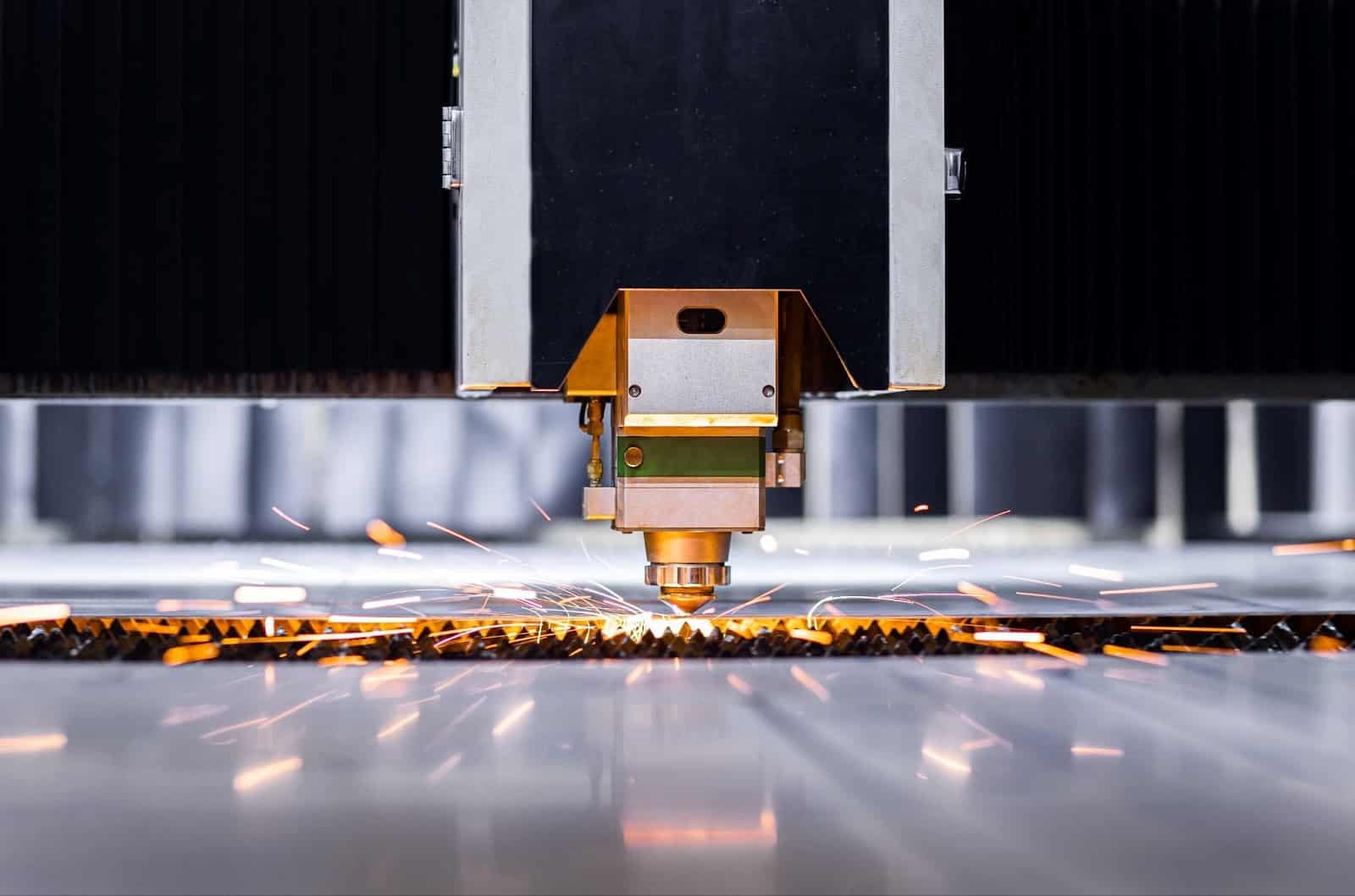New Product Development (NPD) is a complex and often daunting process for companies seeking to develop new products through the Chinese market. Despite China’s status as a global manufacturing hub, foreign companies frequently encounter significant challenges when trying to navigate the intricacies of product development in this vast and diverse market. Understanding the factors that contribute to NPD failures in China is crucial for firms aiming to capture market share in this competitive landscape.
In this article, we explain the most common reasons why NPD fails in China, from cultural misunderstandings to supply chain issues, and share tips to help companies avoid these pitfalls. Whether you’re an American company entering China for the first time or a Chinese firm looking to improve your product development process, this comprehensive guide provides valuable information for achieving success.
5 Reasons New Product Development Fails in China
New product development in China presents unique challenges, especially when designing for global markets. Success hinges on a comprehensive understanding of local culture, supplier dynamics, and communication issues. Missteps in these areas can play a pivotal role in project failure, affecting a company’s ability to deliver innovative products efficiently.
1. Communication Between Stakeholders
Communication between stakeholders is a significant pitfall in new product development in China due to cultural differences and a lack of understanding between parties. In China, communication tends to be more indirect, which can create misunderstandings when collaborating with international ventures. This is particularly challenging when American counterparts are involved, as their expectation for direct feedback often clashes with Chinese communication styles.
The lack of a deep understanding of these cultural nuances can hinder the development of a product concept that aligns with the expectations of a wide range of global consumers. Miscommunication can lead to errors in product design, delays, and ultimately, failures in penetrating foreign markets. Ensuring clear and effective communication is pivotal in navigating these challenges.
An additional complication in communication is the language barrier, which can exacerbate misunderstandings between stakeholders. Even with translation, nuances may be lost, leading to misinterpretations that further complicate the product design process and delay progress.By fostering a collaborative environment that bridges cultural gaps, companies can gain a broader perspective, enabling them to better align their product design with market demands and avoid costly setbacks in the product development process.
2. Choosing the Wrong Supplier
One of the most significant challenges in new product development in China is selecting the wrong type of supplier, which can derail even the most well-planned projects. Suppliers in China differ vastly in terms of capabilities, scale, and expertise, and choosing one that doesn’t align with the specific requirements of your project can lead to severe issues. For example, smaller suppliers may offer competitive pricing but often lack the technical expertise or production capacity to handle complex designs, resulting in rework, delays, and cost overruns.
On the other hand, larger suppliers, while technically proficient, may not prioritize your project if it represents only a small portion of their business, leading to slow response times and less attention to detail. This becomes especially problematic when designing products for a global market, where meeting international quality standards is critical.
Without a deep understanding of the supplier’s strengths and limitations, the product development process can falter, emphasizing the importance of carefully selecting a supplier who can reliably support the project’s demands.
3. Supplier Involvement Too Late in the Design Process
In China, the timing of supplier involvement is crucial for successful product development. A common mistake that leads to NPD failures is involving suppliers too late in the design process. This approach can result in significant design and manufacturing issues that could have been avoided with early supplier input.
Chinese suppliers possess deep expertise in manufacturing processes and are often familiar with the practical limitations and opportunities that come with certain design choices. When suppliers are not engaged early on, companies risk developing designs that are difficult or expensive to manufacture, or that require last-minute changes that delay the product development process.
To ensure a smooth transition from design to manufacturing, it is essential to involve suppliers early in the product development process. By collaborating closely with suppliers from the outset, companies can refine their designs to align with manufacturing capabilities, identify potential issues, and optimize for cost and efficiency. This early collaboration can also help build stronger relationships with suppliers, which is crucial for long-term success in the Chinese market.
4. Overlooking Process Engineering During Design
Process engineering is a critical aspect of NPD that is often overlooked during the design phase, leading to failures in product development in China. While the design may focus on aesthetics, functionality, and consumer appeal, ignoring the practicalities of how the product will be manufactured can result in costly errors and delays.
In China, where high-volume production and rapid turnaround times are common, the efficiency of the manufacturing process plays a crucial role in the success of NPD. However, if the design is not aligned with the manufacturing process, companies may face issues such as poor product quality, high production costs, and extended lead times.
To avoid these pitfalls, companies should integrate process engineering into the early stages of the design process. This involves working closely with manufacturing engineers to ensure that the design is optimized for production, considering factors such as material availability, tooling, assembly methods, and quality control. By addressing these considerations upfront, firms can reduce the risk of costly rework and delays, ultimately leading to a more successful product launch.
5. Rigid Organizational Structures Hindering the Design Process
Rigid organizational structures and decision-making processes can significantly hinder the success of the design phase in NPD projects in China. Companies that operate with inflexible, hierarchical structures may struggle to keep pace with the fast-moving Chinese market and the demands of global consumers.
In the context of NPD in China, agility and flexibility are crucial. The ability to quickly iterate on design concepts, respond to market feedback, and make rapid decisions is often the difference between success and failure. However, in many foreign companies, particularly large multinationals, decision-making processes are slow and involve multiple layers of approval, which can lead to missed opportunities and delayed product launches.
To overcome this challenge, companies should consider adopting more agile and decentralized organizational structures that empower local teams and streamline decision-making. By reducing the bureaucratic barriers that slow down the design process, firms can enhance their ability to innovate and bring products to market more quickly. Additionally, fostering a culture of collaboration and open communication between design teams, suppliers, and other stakeholders can help ensure that the design process remains responsive to both local manufacturing conditions and global market demands.
Request a quote for your manufacturing requirements
Is Manufacturing Closer to Home a Preferable Alternative?
As global supply chains face increasing uncertainties, local manufacturing offers notable advantages. From reduced lead times and lower shipping costs to improved quality control and flexibility, staying closer to home with a contract manufacturer can enhance efficiency and resilience in production.
- Reduced Lead Times: Manufacturing closer to home significantly shortens lead times, allowing for faster production and delivery. This agility is crucial for responding quickly to market demands and changes in consumer preferences, ensuring that products reach the market sooner.
- Lower Shipping Costs: By reducing the distance products need to travel, companies can cut down on shipping expenses. This not only lowers overall production costs but also minimizes the environmental impact associated with long-distance transportation.
- Improved Quality Control: Proximity to a contract manufacturer allows for more frequent and effective quality checks. Companies can oversee the manufacturing process more closely, ensuring that products meet their specifications and quality standards.
- Enhanced Communication: Being geographically closer facilitates clearer and more direct communication between manufacturers and companies. This reduces misunderstandings and errors, leading to smoother production processes and quicker resolution of issues.
- Greater Flexibility and Responsiveness: Local manufacturers can adapt more swiftly to changes in design or production requirements. This flexibility helps companies manage unexpected challenges and adjust their strategies without significant delays or disruptions.
- Support for Local Economies: Choosing a contract manufacturer closer to home supports local economies and can foster positive relationships with nearby communities. This can enhance a company’s reputation and strengthen its ties to the region.
- Mitigated Risk of Supply Chain Disruptions: Manufacturing closer to home reduces reliance on global supply chains that may be vulnerable to disruptions. By keeping production within a more stable and familiar region, companies can better manage risks related to political instability, natural disasters, or other unforeseen events.
What are the benefits of contract manufacturing?
How to Find the Right Subcontracting Company for Your Manufacturing Needs
Finding the right subcontracting company for your manufacturing needs is crucial for ensuring quality, efficiency, and cost-effectiveness. Companies like Alpha Contract Manufacturing Group offer a robust blend of experience, technical expertise, and quality assurance. By evaluating these key factors, you can select a partner that aligns with your production goals and supports your business effectively.
Proven Track Record and Experience
When evaluating a subcontracting company, prioritize those with a proven track record and extensive experience in your industry. A company with a history of successful projects demonstrates reliability and expertise. Review their portfolio and client testimonials to gauge their ability to handle your specific requirements and deliver consistent, high-quality results.
Technical Expertise and Capabilities
Assess the technical expertise and capabilities of the subcontracting company. Ensure they possess the necessary skills, equipment, and technology to meet your product specifications. Look for certifications, specialized knowledge, and the ability to handle complex tasks. This expertise is crucial for achieving precise outcomes and maintaining high standards in production.
Strong Quality Assurance Processes
A quality subcontracting company should have robust quality assurance processes in place. This includes comprehensive testing procedures, regular inspections, and adherence to industry standards. Ensure they have certifications that indicate a commitment to maintaining high-quality standards and continuous improvement in their operations.
Transparent Communication and Responsiveness
Effective communication is essential for a successful partnership with a subcontracting company. Look for firms that are transparent, responsive, and proactive in their communication. They should provide regular updates, address concerns promptly, and be willing to collaborate closely to ensure that project requirements and deadlines are met efficiently.
Competitive Pricing and Value for Money
Evaluate the subcontracting company’s pricing structure and overall value for money. While cost is an important factor, it should not come at the expense of quality. Compare quotes and consider what is included in the price, such as additional services or support. Aim for a balance between competitive pricing and high-quality deliverables.
Work With The Leading North American Subcontracting Company
At Alpha Contract Manufacturing Group, we offer comprehensive industrial subcontracting services tailored to meet your specific needs. We manage every aspect of your manufacturing project through our extensive network of local partners, from design and production to deployment and maintenance.
Our services include:
- Machining
- Plastics
- Wood processing
- Rubber processing
- Laser cutting
- Metal processing
- Mechanically welded assembly
- Electromechanical
- Industrial painting
- Composites
- Industrial automation robotics
- Assembly manufacturing
Our hands-on approach ensures your project is meticulously monitored and guided from concept to final delivery. We are committed to not only meeting your manufacturing requirements but also providing ongoing support and expert advice to achieve your goals efficiently. With Alpha, you gain a dedicated partner that simplifies complex challenges and drives your project to successful completion!







